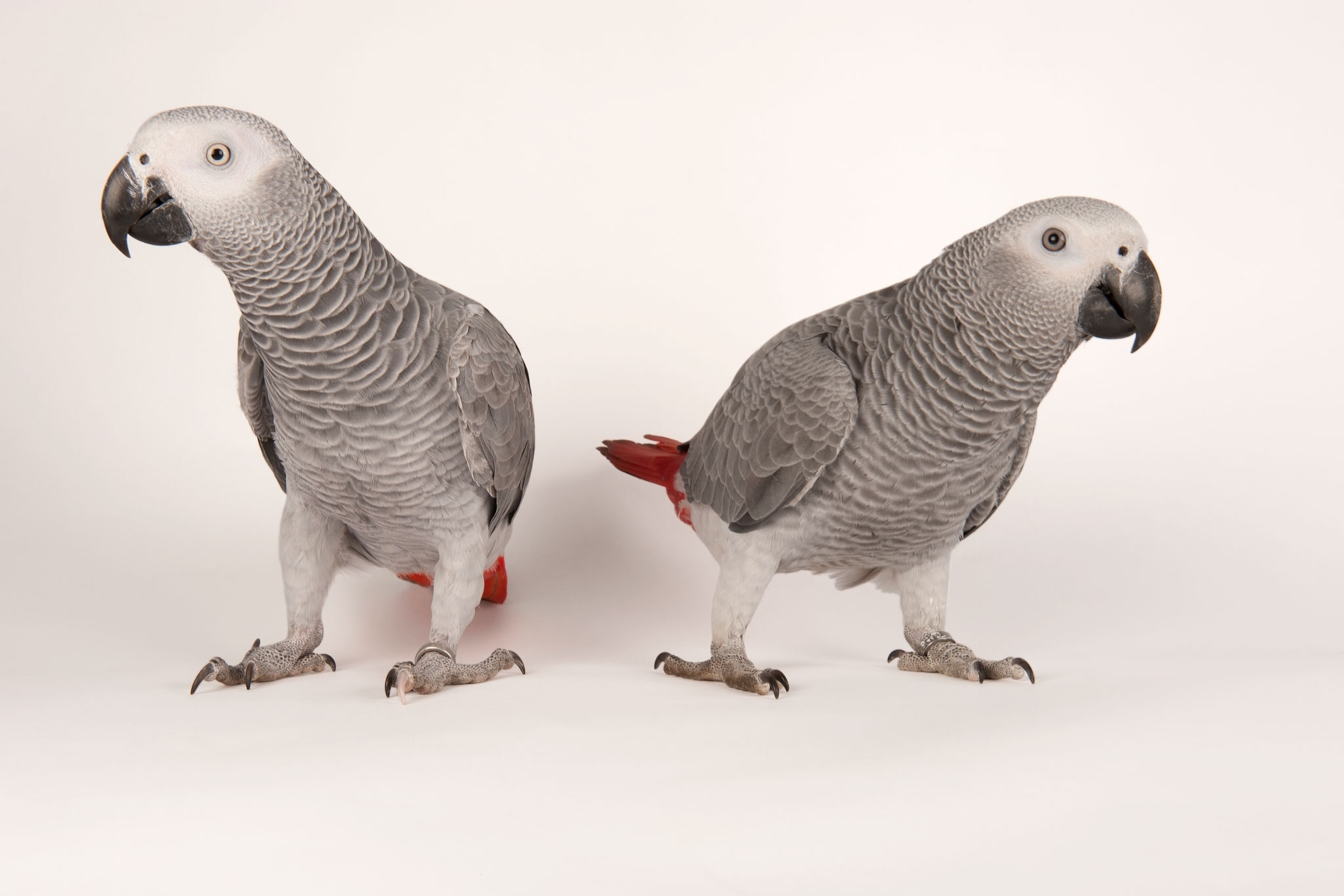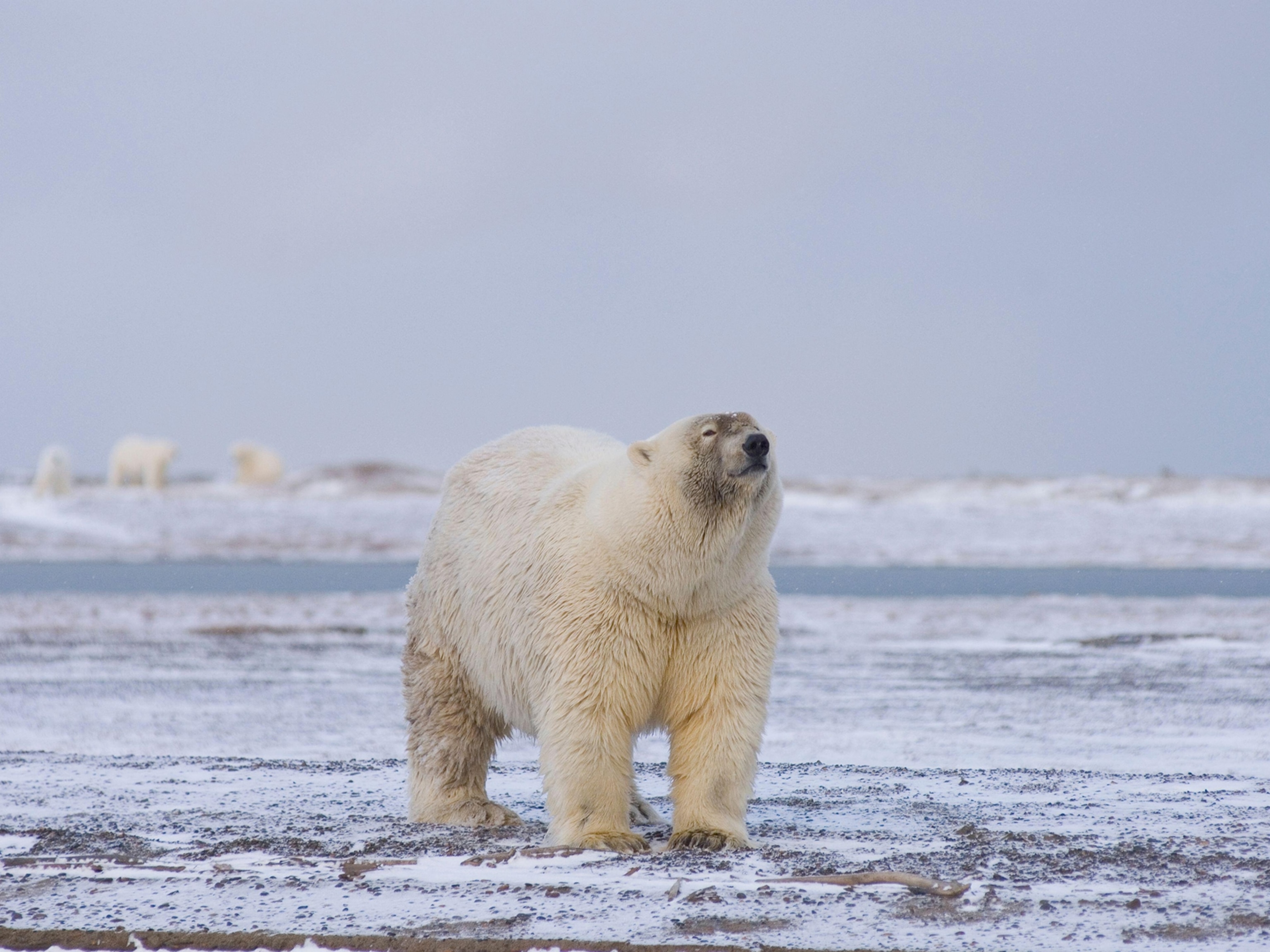'Talking' Orca Imitates Human Words—See More Animal Mimics
Vocal mimicry is rare in the animal kingdom—but here are a few creatures that have mastered it.
PUBLISHED JANUARY 31, 2018 — Toddlers are expert imitators, repeating everything you say whether you want them to or not. But tiny humans aren’t the only ones who can imitate words.
In a new study, scientists report a captive orca (killer whale) can mimic the sounds of human voices.
The team worked with a trained 14-year-old female killer whale named Wikie, which lives at Marineland Aquarium in Antibes, France. Through a series of experiments, Wikie revealed she could copy unique sounds made by whales and people—sometimes on the first try. The English words included "hello," "bye bye," and "one two three."
The results, published in Proceedings of the Royal Society B, suggest that orcas learn how to vocalize from imitating other whales—similar to how babies learn to talk from adults. (Read how a jungle cat mimics a monkey to lure its prey.)
Vocal imitation in the animal kingdom is already a rarity, and imitations of human speech even more so. Researchers believe the feat requires not only the appropriate vocal machinery, but also a strong social affiliation with people.
Take a look at some other master mimics of the animal kingdom.
Asian Elephant
In 2012, Korean researchers reported that Koshik, a 22-year-old Asian elephant housed at Seoul's Everland Zoo, could mimic six Korean words, including "hello" and "stay."
The fact that Koshik talks pales compared with how he talks. When humans make an o sound, they pull in their cheeks and pout their lips out into a rounded circle. Elephants don't have that cheek-lip structure—they long ago traded it in for trunks—so it's anatomically impossible to make those sounds.
Koshik sidesteps this problem by sticking the tip of his trunk into his mouth and moving his lower jaw, essentially MacGyvering his vocal tract.
"He really developed a new way of sound production," Angela Stoeger of the University of Vienna said in a previous interview. "Naturally, Asian elephants don't do this."
Parrots
These social birds' skills go far beyond "Polly wanna cracker?"

Although most birds hatch with their species' calls already programmed into their brains, some parrot species can learn sounds, including human words. (Even the naughty ones: The Royal Society for the Prevention of the Cruelty to Animals made a famous plea in 2012 to find a home for a foul-mouthed chattering lory named Beaky. (See a roundup of more animal imposters.)
But the most famous parrot is an African grey named Alex, which psychologist Irene Pepperberg studied for 30 years until his death in 2007. Pepperberg estimated that Alex had the intelligence of a four-year-old child and may have even understood the concept of zero.
Beluga Whales
A captive beluga, kept at the National Marine Mammal Foundation in San Diego, California, imitated human speech as far back as 1984.
Divers recorded NOC's sounds, which had the same rhythm and frequency as human speech. It's not clear whether his vocalizations, finally published in the journal Current Biology in 2012, indicate he understood human speech, but his imitation skills were top-notch.
By training NOC to accept a small device into his nasal passages—the whale equivalent of the human windpipe—scientists led by Sam Ridgway of the U.S. Navy Marine Mammal Program discovered that the beluga whale made these unusual sounds by inflating air sacs to a much higher pressure than during normal vocalizations. He died in 1999. (Watch a stranded beluga whale flown back to sea.)
This explained why NOC's head visibly bulged when he "talked."
"The human voice," Ridgway said, "appears to be very difficult for a cetacean to mimic."


















